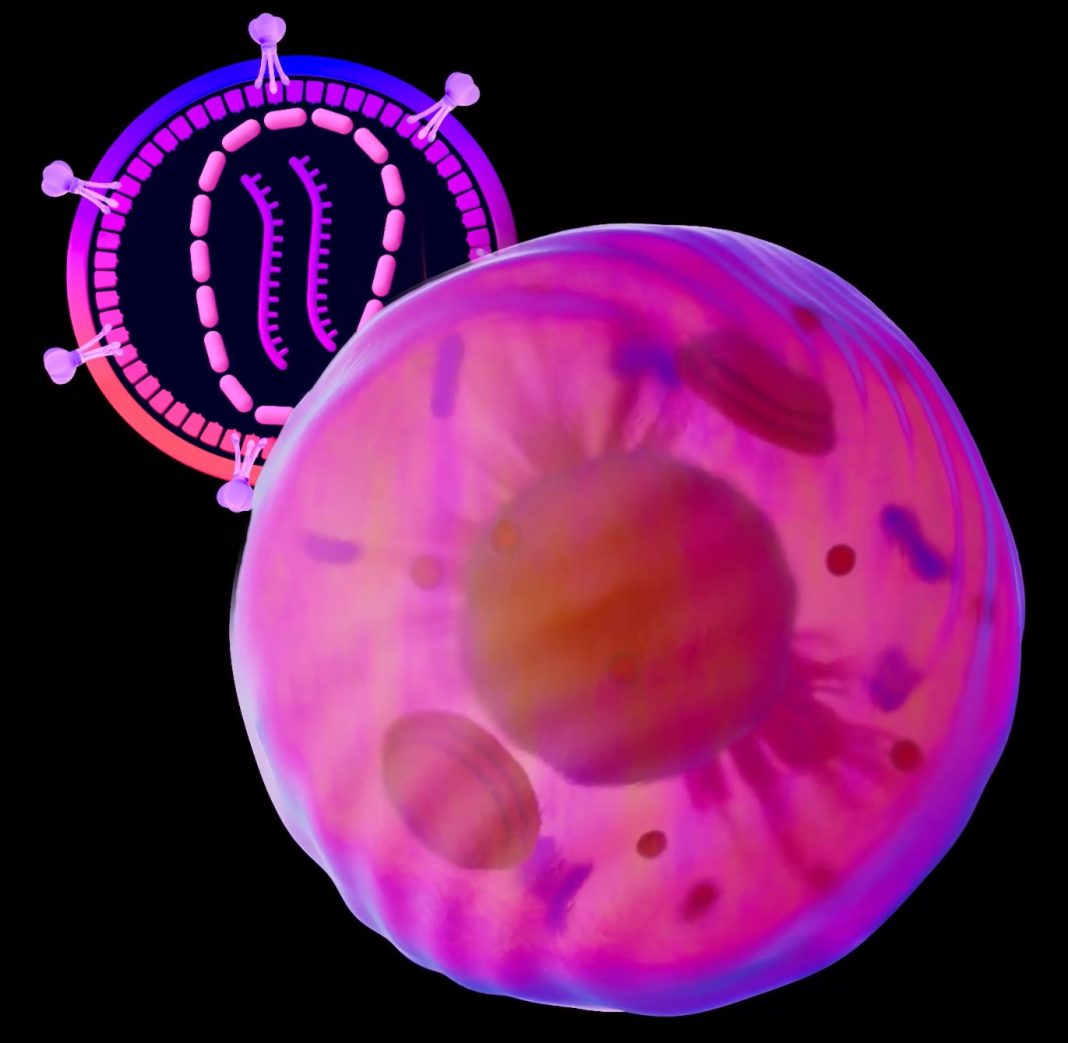Asimov, the synthetic biology company advancing the design and manufacture of therapeutics, today announced the expansion of its LV Edge System with the launch of a fully stable cell line development service.
There are now two ways for customers to access Asimov’s cell line technology to minimize cost and manufacturing risk, depending on their needs:
- The LV Edge Packaging System, launched earlier this year, which enables a single plasmid transfection that achieves E8 TU/mL.
- The new, fully-stable LV Edge Producer cell line development service, which generates clones that achieve E9 TU/mL with no transient transfection required.
The LV Edge Producer System completely eliminates GMP plasmid cost and greatly reduces process complexity and variability by stably integrating all the genes for lentiviral production into the host cell.
Current processes for lentiviral production are inherently scale-limited and variable due to the need for multi-plasmid transient transfection. Furthermore, the reliance on GMP plasmids and transfection reagents substantially increases costs and introduces supply chain and product variability risks. The development of a fully stable cell line technology enables scalable, reproducible and low-cost production of lentivirus, which will unlock applications for larger therapeutic indications.
LV Edge Producer Cell Lines achieve E9 TU/mL unconcentrated lentiviral titers for clinically relevant chimeric antigen receptor (CAR) transgenes. The service takes less than 6 months from sequence transfer to a stable, clonal cell line and is performed in Asimov’s Boston cell line development facility.
Alec Nielsen, Co-founder and CEO of Asimov commented:
“We developed the LV Edge System to address the rising demand for scalable lentiviral production. Today’s launch expands the LV Edge portfolio, allowing therapeutic developers to choose between an off-the-shelf single plasmid packaging system they can use in their own lab, or a plasmid free cell line development service performed by Asimov, achieving industry-leading titers in both cases. These advances were made possible by integrating mammalian synthetic biology, computational models, and our design software (Kernel), furthering our goal of democratizing state-of-the-art genetic design capabilities to our partners.”
For more information on the LV Edge System, please visit here.
